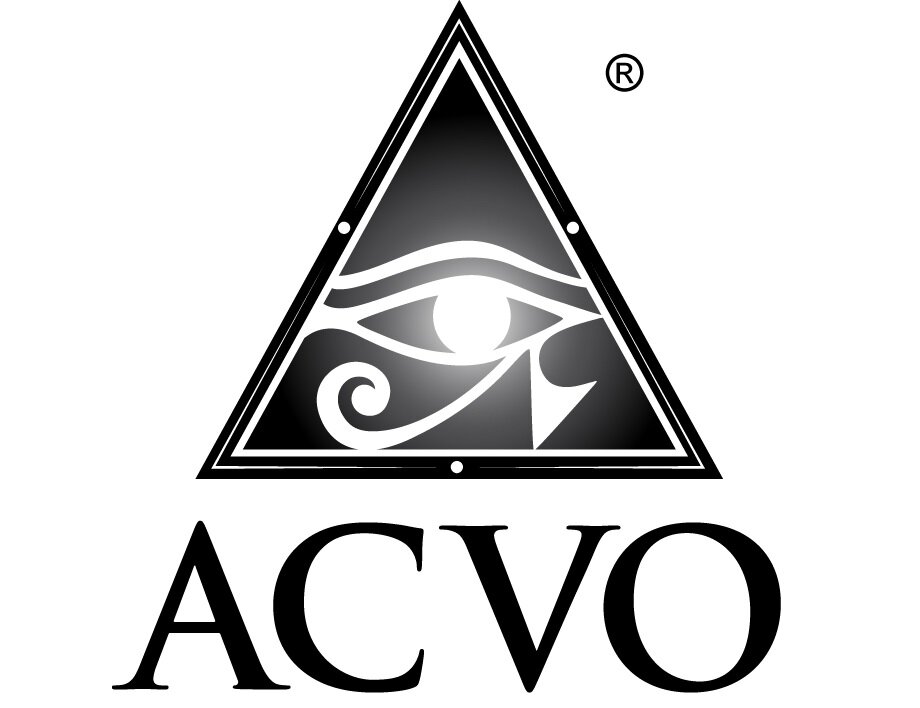How Many Eyelids Does My Pet Have?
How Many Eyelids Does My Pet Have?
Kristin Fischer, DVM, DACVO
As an ophthalmologist I get asked the question “How many eyelids does my pet have?” quite often. You may have never really stopped to think about it, but dogs and cats, and most mammals and birds have three eyelids! The upper (superior) and lower (inferior) eyelids are the ones you think about when you imagine your pet’s eyelids. So, what is the third eyelid and what does it do?
The third eyelid, also known as the nictitating membrane or nictitans, is a structure that is normally somewhat hidden at the medial canthus or inner corner of the eye closest to the nose. The third eyelid is not a true eyelid but more of a membrane lined with conjunctiva. The position of the third eyelid is primarily affected by the position of the eye within the orbit or eye socket. If an eye is painful or threatened, the eye is pulled back into the eye socket by a muscle called the retractor bulbi muscle and the third eyelid then slides over the surface of the eye like a curtain to provide protection.
The third eyelid is typically pink or may have some brown to black pigmentation depending on the color of your pet. It is covered with conjunctiva and contains a T-shaped cartilage framework within it to provide structure and shape. The third eyelid also contains a gland which is responsible for production of a portion of the tears that lubricate your pet’s eye. The main functions of the third eyelid are protection of the eye and distribution of tears.
Conditions affecting the third eyelid include but are not limited to: protrusion of the third eyelid secondary to painful ocular issues such as corneal ulceration or inflammation within the eye, prolapse of the gland of the third eyelid (sometimes called “cherry eye”), neurologic conditions causing interference with the innervation to ocular tissues, traumatic injury, and cancer of the third eyelid tissues.
If you notice that your pet’s third eyelid appears suddenly different or if there is swelling or protrusion of the third eyelid tissues, evaluation by a veterinarian is recommended. Some diseases affecting the third eyelid require surgery and your veterinarian my refer you to veterinary ophthalmologist if necessary for appropriate treatment.
Normal Position - Nonpigmented
Normal Position - Pigmented
Prolapsed Gland of the Third Eyelid



